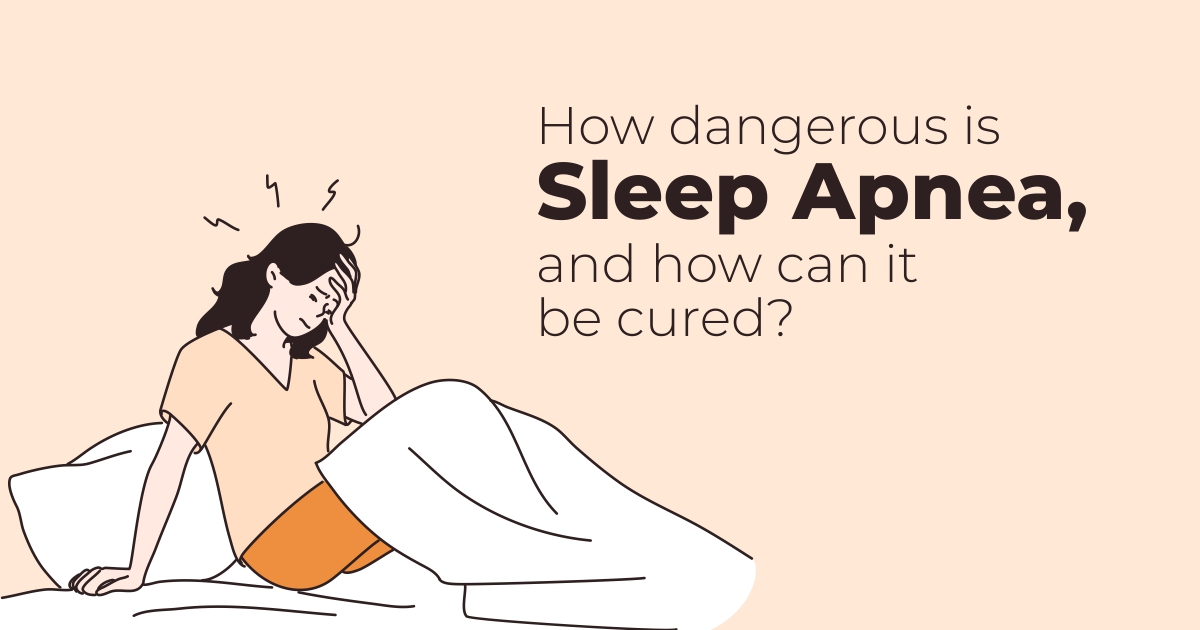A potentially dangerous medical disorder called sleep apnea makes you repeatedly cease breathing while you sleep (apnea) or have restricted breathing (hypopnea). Every time they sleep, a person with sleep apnea may have hundreds of episodes of breathing trouble.
Most breathing pauses last between 10 and 30 seconds, occasionally for a minute or longer. Sleep apnea can deplete your body and brain of oxygen, leading to serious health issues if ignored.
Types of Sleep Apnea
Sleep apnea is of three types. Despite having distinct causes, they share several symptoms.
- Obstructive Snoring: While you have obstructed sleep apnea (OSA), muscles at the back of your throat collapse naturally when you sleep. This restricts your airways and may result in a temporary cessation of breathing. The most prevalent type of sleep apnea is OSA.
- Primary Sleep Apnea: Your brain’s failure to properly communicate your need to breathe during sleep results in central sleep apnea (CSA). Contrary to obstructive sleep apnea, CSA typically lacks a mechanical component.
- Advanced Sleep Apnea: Obstructive and central sleep apneas are combined to form advanced/complex/mixed sleep apnea. The airway is blocked by mechanical and brain malfunctions that make breathing difficult.
Causes of Sleep Apnea
A few typical risk factors for sleep apnea are:
- Age: This problem can occur at any age, but the risk rises with advancing years.
- Gender: Men are more likely to have sleep apnea when younger. With age, the gender disparity narrows.
- Type 2 diabetes: Undiagnosed OSA affects nearly 80% of people with Type 2 diabetes.
- Obesity: According to research, the prevalence of sleep apnea increases six-fold for every 10% rise in weight.
- Smoking: It can produce inflammation in the upper airway, altering how the brain regulates the breathing muscles during sleep.
- Alcohol: Drinking can loosen the mouth and throat muscles, causing the airway to contract.
- Sleeping on the back: This makes it simpler for the tissues lining your airway to close and obstruct your breathing.
- Anatomy: Sleep apnea can result from an oversized tongue, swollen tonsils or a low-hanging soft palate.
Healthy Changes
- Personal changes: To effectively treat sleep apnea, lifestyle modifications are crucial, including losing weight, quitting smoking, abstaining from alcohol and other sedatives, and even learning to sleep on your side.
- Height of bed: Elevating the head of the bed slightly may lessen sleep apnea and improve sleep for those with mild to moderate OSA. Researchers have discovered that raising the head of individual mattresses by 7.5 degrees on average resulted in a 31.8 per cent reduction in OSA severity.
If all this fails to ease your troubles, connect with us at Mohak Bariatrics and Robotics on 6232012342.

